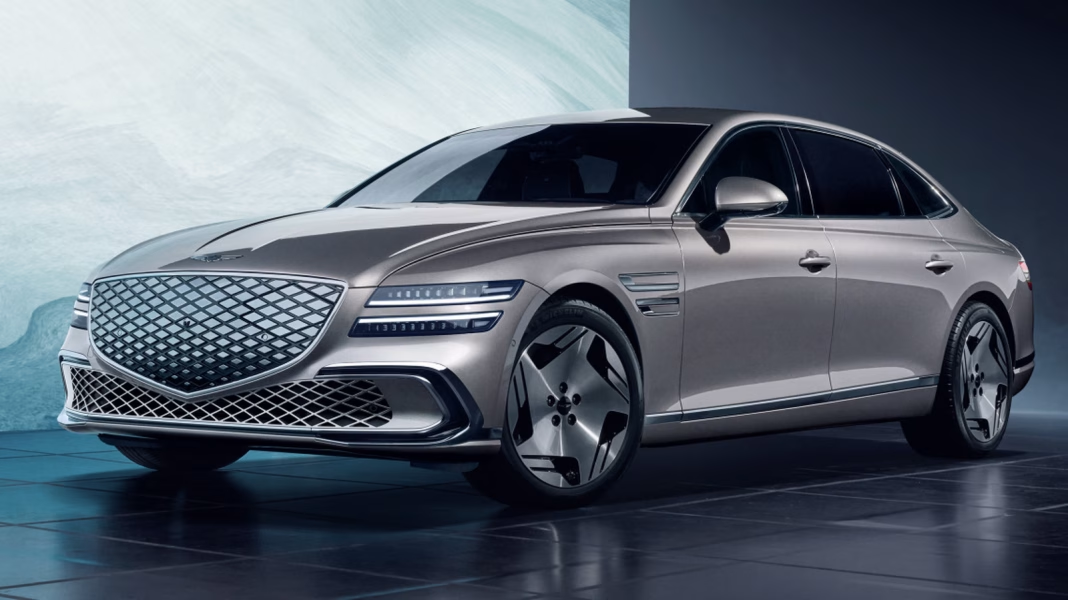Why Did the Electrified G80 Fly Under the Radar?
If you blinked, you probably missed it. The Genesis Electrified G80, a sleek luxury EV with all the right badges, quietly tiptoed out of the market—and almost nobody noticed. According to Cox Automotive, only 77 units found homes in the first half of 2025. For all of 2024, just 140 were sold. That’s not just a slow start; it’s practically a vanishing act.
So, what happened? Why did a car with so much promise barely make a ripple? Let’s dig into the real-world reasons behind this stealthy exit.
What Held Back Sales of the Electrified G80?
On paper, the Electrified G80 had a lot going for it: Genesis’s signature design, a plush interior, and a fully electric powertrain. But the numbers tell a different story. With just over 200 units sold in a year and a half, it’s clear something didn’t click with buyers.
One big factor? Competition. The luxury EV market is crowded, and buyers have more choices than ever. Tesla’s Model S, Mercedes EQE, and BMW i5 all offer compelling alternatives, often with more established charging networks or longer track records. Genesis, while respected, is still building its reputation in the EV space.
Another hurdle was availability. The Electrified G80 was never widely stocked at dealerships, making it tough for interested shoppers to even take a test drive. In a market where instant gratification matters, limited inventory can be a dealbreaker.
How Did Pricing and Positioning Affect the G80’s Fate?
Let’s talk dollars and sense. The Electrified G80 wasn’t cheap. With a sticker price north of $74,000, it landed squarely in the premium segment. That’s a tough sell when rivals offer more range or flashier tech for similar money.
And then there’s the question of incentives. Some competitors qualified for federal EV tax credits, but the G80 didn’t always make the cut due to its assembly location and battery sourcing. For buyers doing the math, that’s a significant chunk of change left on the table.
Was Marketing to Blame for Low Awareness?
You can’t buy what you don’t know exists. The Electrified G80’s launch was, to put it mildly, low-key. While Genesis has made waves with its SUVs and sedans, the marketing push behind this EV sedan was almost whisper-quiet. No splashy Super Bowl ads, no viral social media campaigns—just a handful of press releases and dealership flyers.
Compare that to the buzz around new Teslas or Lucid’s Air, and it’s clear the G80 never got its moment in the spotlight. Even among car enthusiasts, it was more of a rumor than a reality.
What Did Owners and Reviewers Actually Think?
Here’s the twist: those who did get their hands on an Electrified G80 generally loved it. Reviewers praised its smooth ride, silent cabin, and upscale materials. Owners raved about the understated luxury and the feeling of driving something genuinely rare.
But there were gripes, too. The range, while respectable, lagged behind some rivals. Charging speeds weren’t class-leading. And for tech-savvy buyers, the infotainment system felt a step behind the latest offerings from Germany or California.
What’s Next for Genesis and Luxury EVs?
Genesis isn’t giving up on electric. Far from it. The brand has already teased new models and plans to go all-electric by 2030. Lessons learned from the Electrified G80—about inventory, incentives, and marketing—will likely shape future launches.
Industry experts point to the importance of timing and infrastructure. According to a 2024 J.D. Power study, nearly 60% of luxury EV intenders cite charging access as a top concern, and 45% say they’re waiting for more model variety. Genesis’s next EVs will need to address both.
The Big Takeaway
The Electrified G80’s story isn’t about failure—it’s about the growing pains of a fast-changing market. Sometimes, even a great car can get lost in the shuffle if the timing, marketing, or incentives aren’t quite right. The big takeaway? Success in the EV world isn’t about perfection—it’s about smarter adjustments. Start with one change this week, and you’ll likely spot the difference by month’s end.


